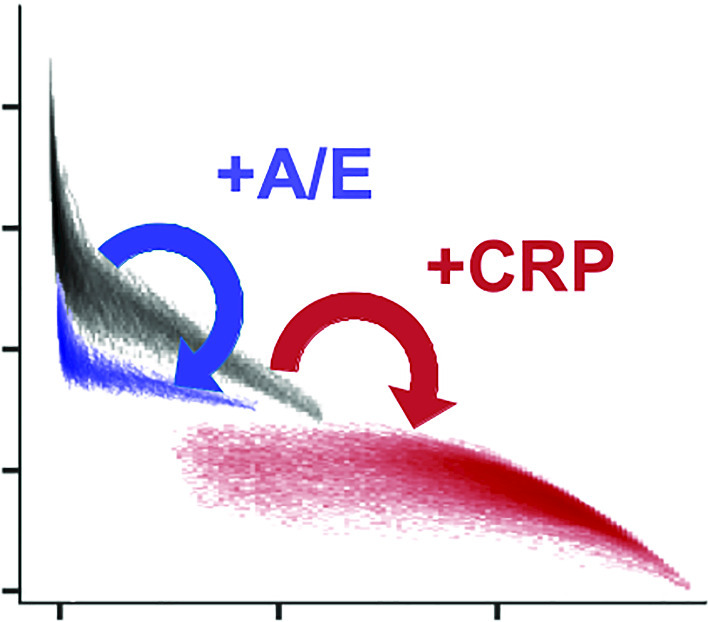https://doi.org/10.1140/epjb/s10051-024-00654-y
Regular Article - Statistical and Nonlinear Physics
Robustness of steady state and stochastic cyclicity in generalized coalescence-fragmentation models
1
Department of Mathematics, University of York, Heslington Lane, YO10 5DD, York, UK
2
Leverhulme Centre for Anthropocene Biodiversity, University of York, Heslington Lane, YO10 5DD, York, UK
3
Department of Biology, University of York, Heslington Lane, YO10 5DD, York, UK
Received:
13
October
2023
Accepted:
2
February
2024
Published online:
21
February
2024
Processes of coalescence and fragmentation are used to understand the time-evolution of the mass distribution of various systems and may result in a steady state or in stable deterministic or stochastic cycles. Motivated by applications in insurgency warfare we investigate coalescence-fragmentation systems. We begin with a simple model of size-biased coalescence accompanied by shattering into monomers. Depending on the parameters this model has an approximately power-law-distributed steady state or stochastic cycles of alternating gelation and shattering. We conduct stochastic simulations of this model and its generalizations to include different kernel types, accretion and erosion, and various distributions of non-shattering fragmentation. Our central aim is to explore the robustness of the steady state and gel-shatter stochastic cycles to these variations. We show that an approximate power-law steady state persists with the addition of accretion and erosion, and with partial rather than total shattering. However, broader distributions of fragment sizes typically vitiate both the power law steady state and gel-shatter cyclicity. This work clarifies features shown in coalescence/fragmentation model simulations and elucidates the relationship between the microscopic dynamics and observed phenomena in this widely applicable interdisciplinary model type.
© The Author(s) 2024
 Open Access This article is licensed under a Creative Commons Attribution 4.0 International License, which permits use, sharing, adaptation, distribution and reproduction in any medium or format, as long as you give appropriate credit to the original author(s) and the source, provide a link to the Creative Commons licence, and indicate if changes were made. The images or other third party material in this article are included in the article’s Creative Commons licence, unless indicated otherwise in a credit line to the material. If material is not included in the article’s Creative Commons licence and your intended use is not permitted by statutory regulation or exceeds the permitted use, you will need to obtain permission directly from the copyright holder. To view a copy of this licence, visit http://creativecommons.org/licenses/by/4.0/.
Open Access This article is licensed under a Creative Commons Attribution 4.0 International License, which permits use, sharing, adaptation, distribution and reproduction in any medium or format, as long as you give appropriate credit to the original author(s) and the source, provide a link to the Creative Commons licence, and indicate if changes were made. The images or other third party material in this article are included in the article’s Creative Commons licence, unless indicated otherwise in a credit line to the material. If material is not included in the article’s Creative Commons licence and your intended use is not permitted by statutory regulation or exceeds the permitted use, you will need to obtain permission directly from the copyright holder. To view a copy of this licence, visit http://creativecommons.org/licenses/by/4.0/.





